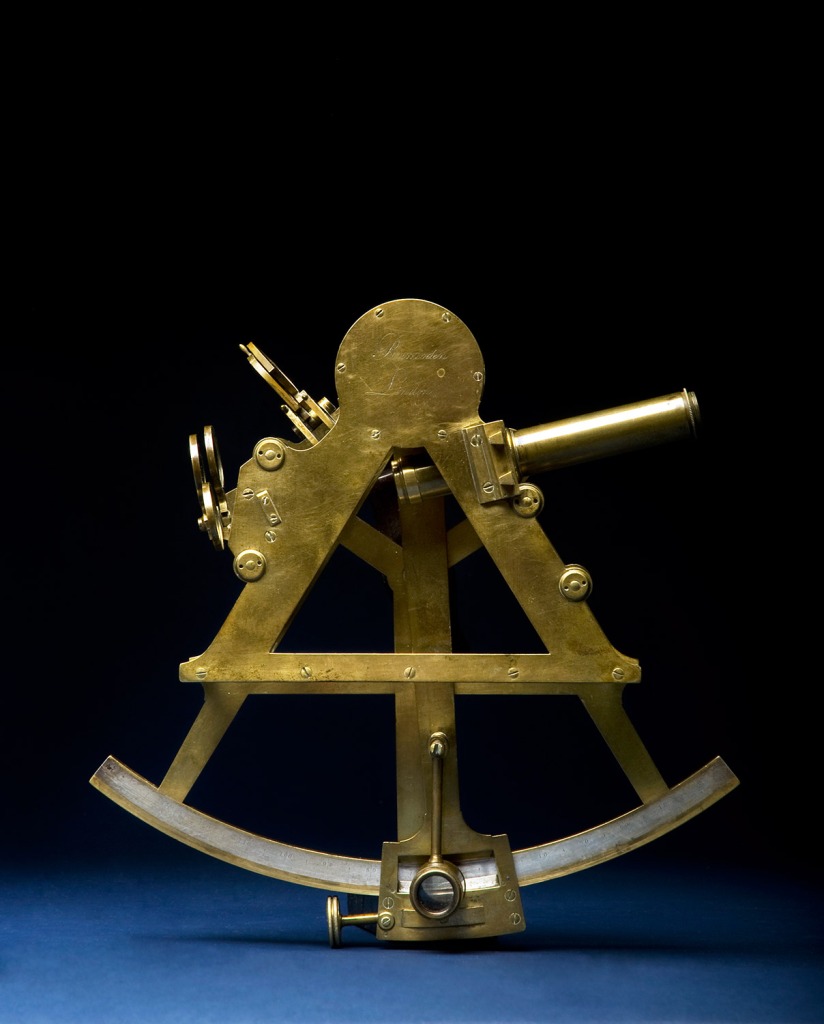
People have used the stars to navigate for millennia, with expert sailors learning the geography of the sky above and using it as a very powerful tool. Though much less necessary in the modern day, given our access to GPS, people still take an interest to learn how to navigate using celestial bodies. These people often can navigate with the use a sextant, a watch, some paper, a calculator, and a map, using some version of techniques that are hundreds of years old.
Firstly, almost all of the math used in celestial navigation is based in trigonometry, meaning anyone who graduated high school could learn how to do it, and the math has been the same for many hundreds of years, despite the enormous advances made in mathematics. The stars are basically assumed to be fixed on a dome surrounding the earth, which rotates inside, and the star’s position is used to discern what is directly beneath it. Thus, the sailor calculates his distance from the star, or rather, the point on earth directly beneath the star. Using three separate points can give a high degree of accuracy as to where the sailor is on earth.
The most interesting tidbit of information to me, is how celestial navigators account for “dip” and refraction. Dip is the difference between the real horizon and the apparent horizon caused by the hight of the observer. The formula used for dip is Dip=1.76√Height. This is, of course, an estimation, but I found it so interesting that theoretical accuracy is not the primary concern, but rather, simplicity of usage, and this is mirrored in refraction as well (Refraction=0.96/tan(Altitude)). There are also all kinds of tips and tricks for corrections due to temperature, pressure, and high altitude.
I think learning how to use the sky like a tradesman, as well as an enthusiast or an academic, can greatly expand your appreciation for its relationship with our lives down on earth.
2 responses to “Celestial Navigation – Blog 1”
What do you think some of the most interesting tips and tricks are for making corrections?
LikeLike
While refraction had been discussed in passing during my physics courses, I never realized that dip is a phenomenon that needs to be accounted for. It seems negligible to celestial navigation, because the maximum error caused by dip would be six feet and some inches, right? You had mentioned that navigators use the distance from the star – or the distance from the location on Earth that is beneath the star – for their calculations. But, these distances would be thousands of feet at minimum, so the error caused by the observer’s height would be negligible.
LikeLike